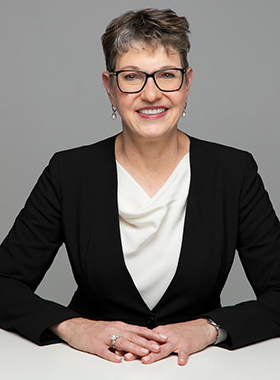A neighbor recently posted in my neighborhood Facebook group seeking recommendations for local arts organizations for making end-of-year donations. Sometimes, the impulse to give exists before a suitable charity is on the radar of the person looking to make a gift. While crowd sourcing recommendations is one way to make such a decision, another option exists for people motivated to make a donation before deciding exactly which organizations should be on the receiving end: Donor-advised funds.
A donor-advised fund, sometimes referred to as a DAF, is a type of savings account for charitable giving. Once assets are transferred to a donor-advised fund, they can only be taken out of the fund via a distribution to a qualified charitable organization. There are no take-backs: The assets cannot be returned to the donor or transferred to any individual. Because a gift to a donor-advised fund commits the assets to a charitable purpose, the donor can deduct the charitable gift on the donor’s federal income tax return in the year in which assets are contributed.
What distinguishes a gift to a donor-advised fund from a direct donation is that the donor does not need to identify the charities that will receive the gift, or distribute the assets contributed to the donor-advised fund to a specific organization, at the time assets are transferred to the donor-advised fund. Instead, a donor can invest assets transferred to the donor-advised fund in different types of investment accounts, or leave the assets in a cash account, until they decide on the recipient organizations. Then, over time, the donor can direct that the assets invested in the donor-advised fund be distributed to qualifying charities. Once assets are contributed to a donor-advised fund, the investments can grow tax-free, similar to a retirement account. However, unlike a retirement account, the distributions are also exempt from income tax because the funds in a donor-advised fund can only be distributed to a qualifying charity.
A donor-advised fund is that it works a bit like a charitable foundation – funds are contributed up-front and distributed over time – but without the infrastructure. It also takes a lot fewer assets to set up an account with a donor-advised fund than it does to establish a private foundation, with initial investment minimums in the five-figures, rather than in the millions of dollars.
How attainable is gifting through a donor-advised fund? Consumer Reports has even published a helpful article for deciding whether a donor-advised fund is the right choice. That said, people swimming in oceans of money also use donor-advised funds. MacKenzie Scott, who used to be married to Amazon founder Jeff Bezos, made headlines recently for giving away mind-blowing (and life-altering) sums of money to charitable organizations. The New York Times reports that, in 2020, Scott gave away almost $6 billion to hundreds of charities – all through a donor-advised fund.
Interested in talking about how a donor-advised fund may fit into your estate plan? We’re happy to discuss!



 Phone: (206) 784-5305
Phone: (206) 784-5305